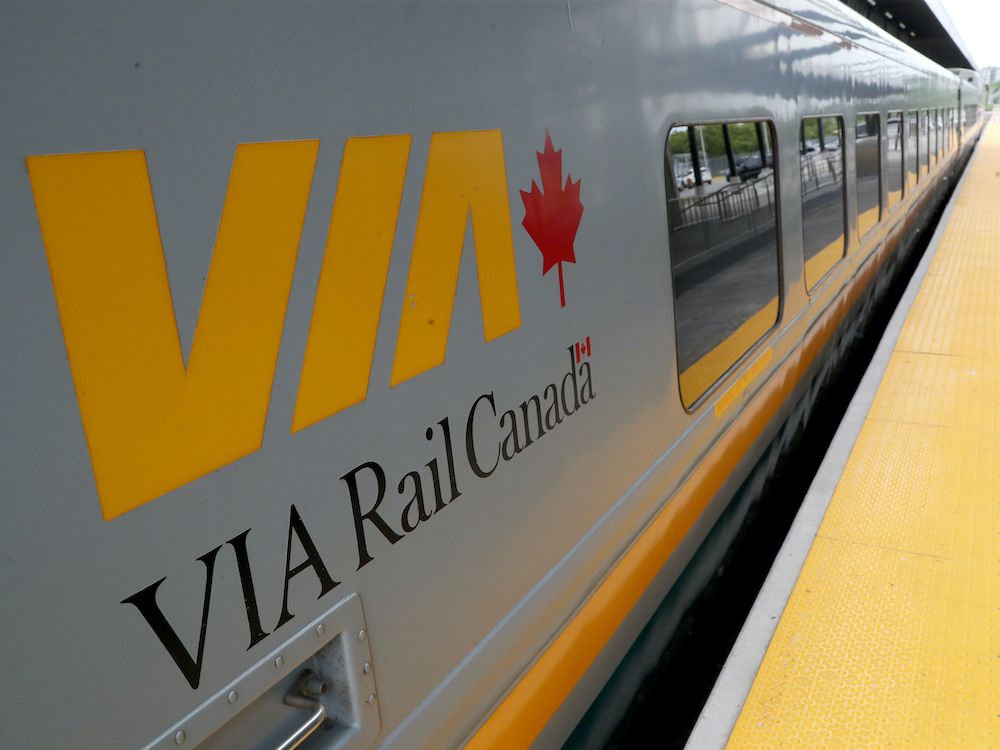To translate this study into a more relatable setting:
Imagine you drive a Honda Civic and your neighbor drives a Ford F250. Everyone would agree that your car is much greener to drive.
Now imagine that you both happen to work similar hours and in the same part of the next city, would it be a greener choice to accept your neighbors' offer to drive you in his car or to continue commuting in your own car? Well, if we go by this study, you should insist on driving your own car and refuse having him drive you in his, because (to borrow from the title of said "study"), "Driving in a Ford F250 is worse for the climate than driving in a Honda Civic".
You just have to imagine what would happen if both, VIA Rail and Air Canada would see their ridership numbers double between Toronto and Vancouver: In the case of VIA Rail, they would add three more coaches to the train, which would increase the train's footprint by maybe 10%, thus decreasing its per-passenger carbon footprint by approximately 45%. Conversely, Air Canada's carbon footprint would roughly double, as they would need to double their number of flights, thus increasing their footprint proportionally to their passenger numbers.
The fallacy of all such studies is that they focus on average costs (in this case: environmental costs) rather than marginal costs. The first perspective is perfectly acceptable when assessing the Status Quo, but only the second one is relevant when advising individuals what to do. It's no surprise when journalists miss this subtlety, but I expect university researchers to refrain from publishing bullshit-headlines like "Taking the train across Canada is worse for the climate than flying", when this is simply not a valid summary of their own findings...

globalnews.ca





